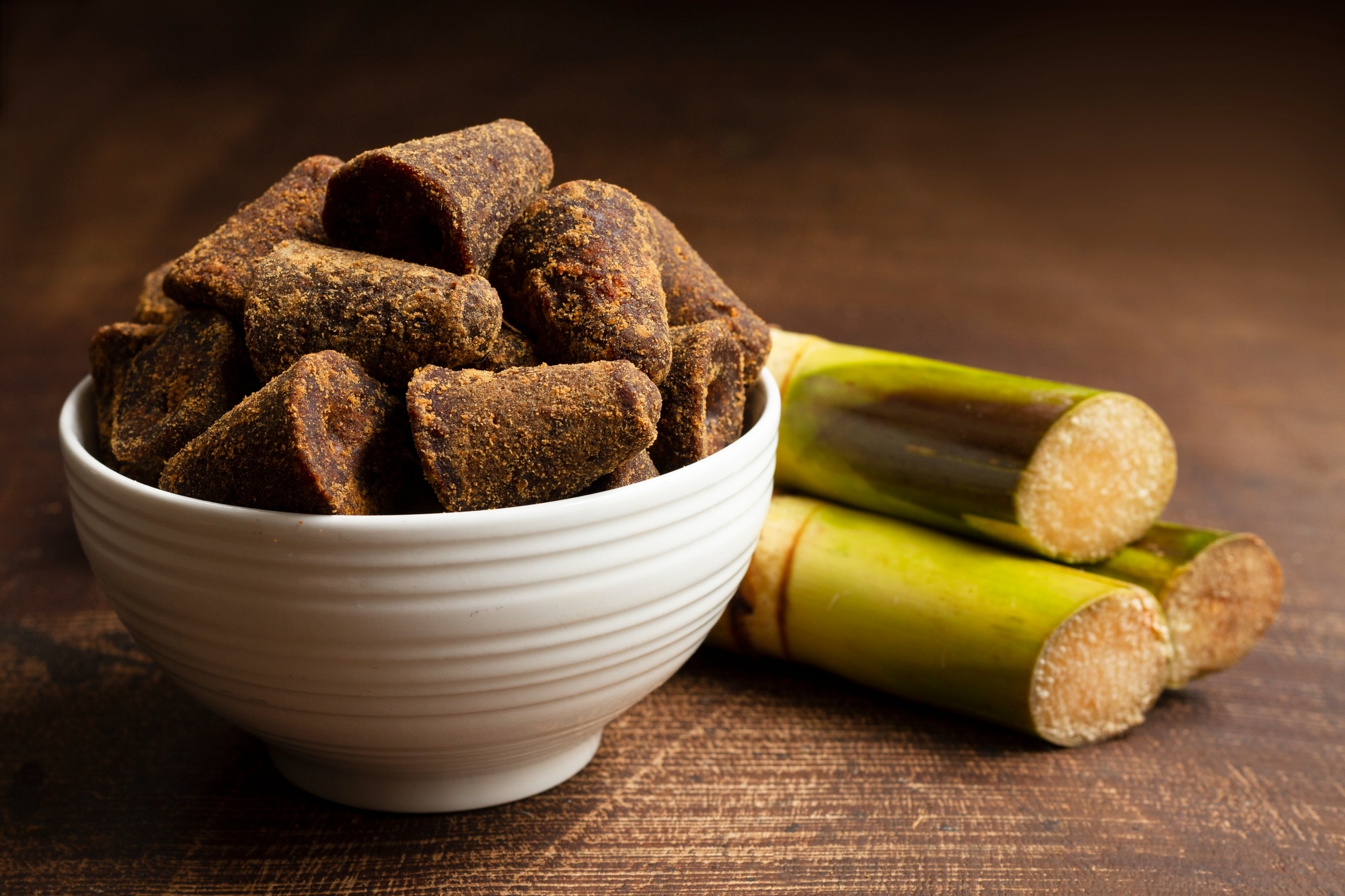Rice is one of the most widely consumed grains around the world. But it has been shrouded in a lot of controversies lately. The arsenic content in rice has made many fitness enthusiasts wary about the grain. If the findings of a recent study are to be believed, the way you prepare your rice may help regulate the content of arsenic in your rice. According to the study, parboiling may reduce inorganic arsenic in rice. The study was published in the Journal 'Environmental Science & Technology'. Parboiling is a technique where you cook the food partly by boiling.
According to the statistics from the International Rice Research Institute, Bangladesh consumes the highest amount of rice in the world, thus, placing them at heightened exposure to inorganic arsenic, a toxic substance that can enter rice from the soil of flooded paddies.
Through the study, researchers aimed at encouraging the idea of modifying processing methods at the traditional, small scale parboiling plants to reduce the amount of arsenic. Parboiling also helps enrich the rice with calcium, said the researchers.
After harvest, most of the rice is parboiled, a process that involves soaking rice (with husk) in water and then boiling, followed by some other steps to produce polished white rice.
For the study, the team tested this new method in 13 traditional, small-scale parboiling plants. To reach conclusive results, the team used ion chromatography interfaced with inductively coupled plasma-mass spectrometry to analyse arsenic species in rice. They found that in untreated rough rice, inorganic arsenic is highly elevated in the bran compared with the husk.
The scientists said that parboiling wholegrain rice instead of parboiling rough rice reduced levels of inorganic arsenic by about 25 percent in the final polished grain, while increasing calcium by 213 percent. It was also observed that levels of inorganic arsenic by about 25 percent in the final polished grain, it also increased the calcium content by 213 percent.











